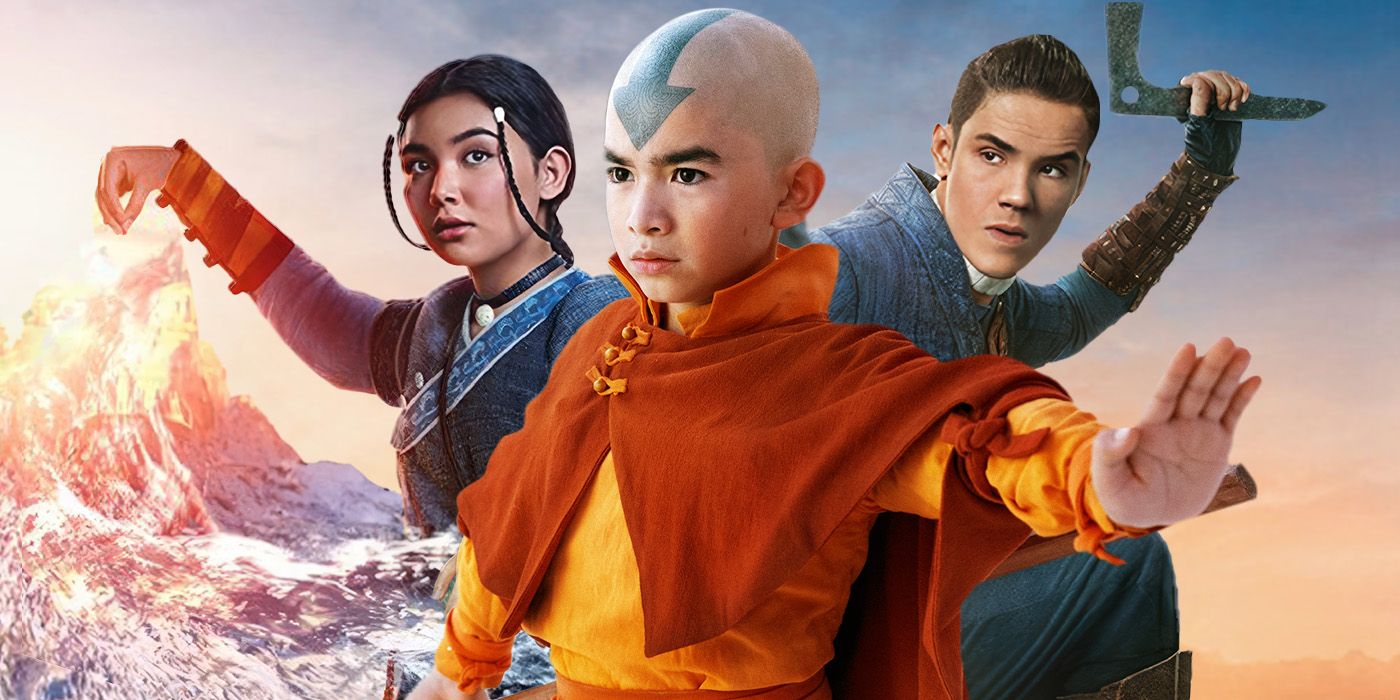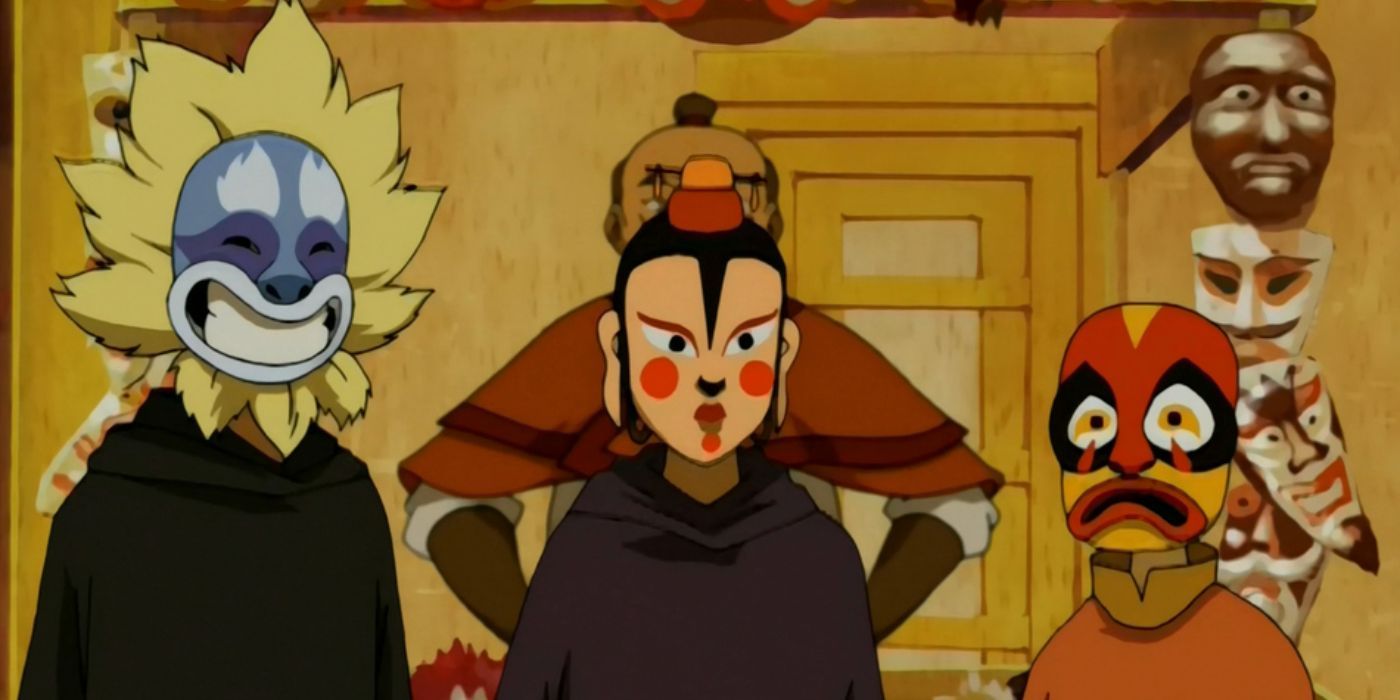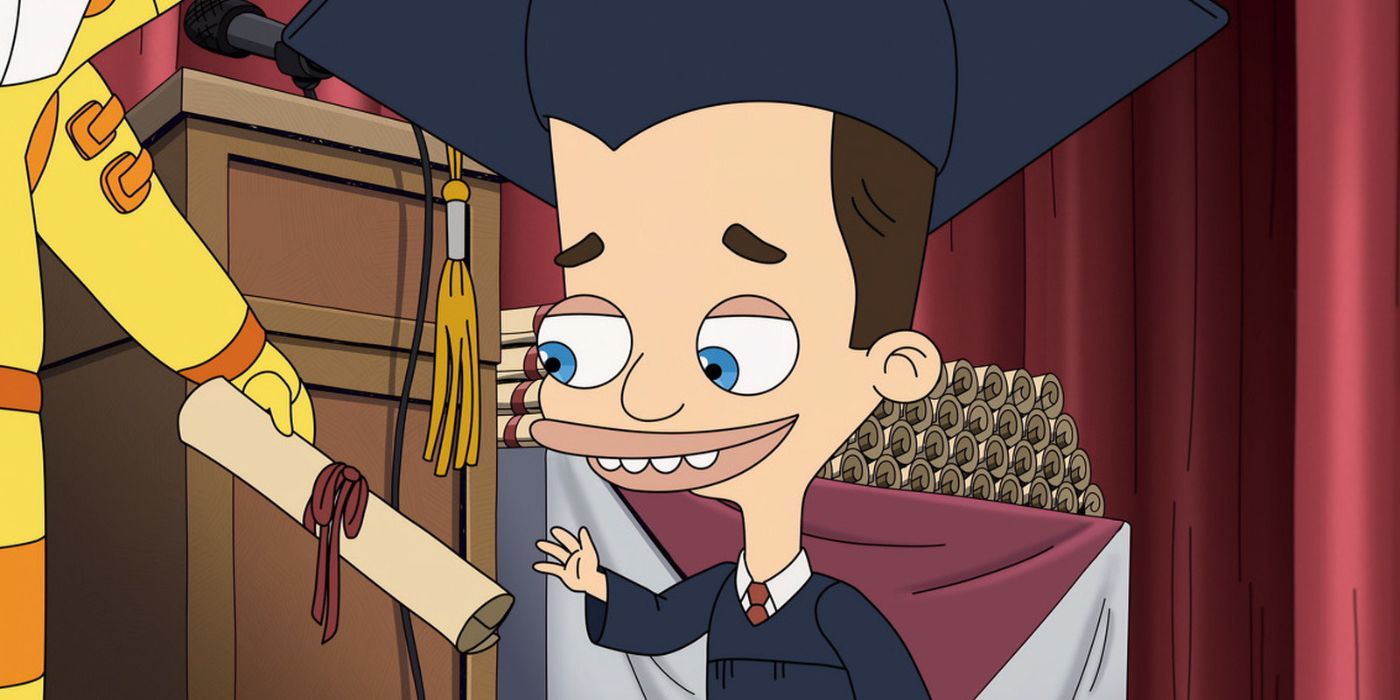The Big Picture
- Netflix’s live-action Avatar adaptation loses an important scene without including the events of episodes like “The Deserter”
- “The Deserter” episode teaches viewers and Aang the importance of discipline and the dangers of rushing into things.
- By omitting “The Deserter”, Netflix misses crucial insight into the Fire Nation’s culture and the philosophy behind Firebending.
Released in 2005, Avatar: The Last Airbender brought audiences into a fantastical world where humans can command the elements, currently stuck in a one-hundred-year-long war launched by the imperialistic Fire Nation. The only one who can stop them is Aang, the last of the Air Nomads, and the most recent incarnation of the Avatar, who alone can master all four elements. This year, Netflix released a live-action adaptation of the show, which has received mixed reception due to its many changes to the story and characters. In condensing 20 episodes from the first season into eight-hour-long episodes, lots of great material was lost. One of these omissions was the critical episode, “The Deserter”, which had a massive impact on Aang’s emotional journey.
Avatar: The Last Airbender
In a war-torn world of elemental magic, a young boy reawakens to undertake a dangerous mystic quest to fulfill his destiny as the Avatar, and bring peace to the world.
- Release Date
- February 21, 2005
- Seasons
- 3
What Happens in “The Deserter”
“The Deserter” sees Team Avatar attending a Fire Nation festival, hoping that Aang (Zach Tyler Eisen) can pick up a thing or two about Firebending. When their cover is blown, they are helped by a former Fire Nation soldier named Chey (John Kassir). He takes them to Jeong Jeong (Keone Young), a Firebending master who rejected the Fire Nation’s war of conquest and became the first member of the military to defect successfully. At first, he refuses to train Aang, since he has not yet mastered water and earth, but after intervention from the previous Avatar, Roku (James Garrett), Jeong Jeong agrees.
To Aang’s dismay, Jeong Jeong’s lessons are not about controlling fire, but about discipline and self-control. This doesn’t sit well with the naturally impatient young Air Nomad. When Jeong Jeong steps away, Aang decides to create some fire of his own and instantly begins trying to mimic some of the moves he saw at the festival. This leads to him losing control of the flames and burning the hands of Katara (Mae Whitman). Though she can heal herself through Waterbending, the event leaves Aang terrified of Firebending, and the group is forced to run when Admiral Zhao (Jason Isaacs) attacks them.
“The Deserter” Teaches An Important Lesson
The main lesson from “The Deserter” is about the dangers of ignoring discipline and rushing into something you don’t understand. Since Roku has told Aang that he must master the elements before the return of Sozin’s Comet at the end of summer, and he discovers there is a Firebending master who wouldn’t try to capture him on sight, Aang naturally wants to rush into learning as much about fire as possible.
This fits with Aang’s personality: he’s not only a twelve-year-old boy, but a bending prodigy who picks up new skills quickly. This was shown in the episode “The Waterbending Scroll”, where Aang surpassed Katara in Waterbending after trying it once. Yet Jeong Jeong tells Aang that, to master the bending disciplines, you must first master discipline itself. He constantly stresses that mastering fire is not as simple as throwing fireballs, but knowing how and when to use fire to prevent it from blazing out of control. Before he can do what he wants, which is to wield fire like a weapon, he must first come to respect its destructive potential.
This is one of the show’s most universal lessons that speaks to all audiences, regardless of age. People are always tempted to skip the little steps to reach the end result. But bad things are bound to happen when one tries to race towards the finish without the proper steps. Aang learns this when his reckless use of fire burns Katara’s hands, which has a massive effect on his character. He develops a fear of learning fire, which requires a lot of self-reflection and growth for him to overcome. The use of Admiral Zhao in the climax also helps lead to this lesson of discipline and self-control. Aang overcomes him by playing on Zhao’s lack of discipline with his fire, making him destroy his boats in his reckless attempts to claim the Avatar.
Jeong Jeong also teaches Aang an important lesson regarding destiny. When he tries to use his position as the Avatar to justify learning about fire now, Jeong Jeong replies with: “What would a boy know of destiny? If a fish lives its whole life in this river, does he know the river’s destiny? No! Only that it runs on and on, out of his control. He may follow where it flows, but he cannot see the end. He cannot imagine the ocean”. This stresses that destiny is always in motion and that someone as young as Aang, who has not lived enough to experience beyond his narrow worldview, cannot comprehend the larger picture. It’s a testament to how matureAvatar’s writing was.

This ‘Avatar: The Last Airbender’ Character’s Netflix Portrayal Significantly Changes Aang
Hei Bai? More like “Hey, bye!”
“The Deserter” Shows a New Side of Fire and the Fire Nation
Due to the war and the Fire Nation’s imperialistic culture, Avatar hadn’t been able to delve into the nature of fire like it could with air, water, and earth. “The Deserter” changed that by introducing a Firebender willing to talk to Team Avatar instead of fighting them. Jeong Jeong tells Aang that fire differs from the other elements because it lives, breathes, and grows. It is in its nature to consume all around it and expand larger and larger. This, in turn, helps to explain why, of all the nations, it was the Fire Nation who struck first and began the Hundred-Year War, and why their technology is so much more advanced than the others. Like their element, it is in their being to grow.
Jeong Jeong himself also helps to show how the Fire Nation has warped the idea of fire among its citizens. Fire is now believed to be an element entirely bent on destruction, which, as Jeong Jeong says, forces Firebenders to walk a path between humanity and savagery until they are torn apart. This has caused Jeong Jeong to despise his gift of Firebending, treating it as a burden, and adopting a more pessimistic view of the element while idolizing Waterbending for its healing and life-giving properties. Yet when Zhao attacks, Jeong Jeong demonstrates some of the most impressive Firebending on the show by summoning a wall of flames large enough to span a river. He has found ways to use his element to be defensive, using fire as a deterrent rather than a destructive force. Season 3 of Avatar further explored the non-destructive aspects of fire in the fan-favorite episode, “The Firebending Masters”.
How Does Netflix’s ‘Avatar’ Suffer Without “The Deserter”
By cutting out the plot of “The Deserter” from its adaptation, Netflix’s Avatar loses all of this insight into firebending. Without the festival in a Fire Nation village, audiences lose out on a chance to see how the people of the Fire Nation live and celebrate their culture. Without Jeong Jeong, no member of the Fire Nation’s culture calls out how self-destructive and harmful their ideology has become, or gives Team Avatar insight into the beauty and dangers of fire as an element.
Then there is the loss of Aang burning Katara, which seems baffling because Netlfix toned down Aang’s playfulness to make him more serious and committed to his duty. It would have been very easy to slot in a lesson about the dangers of rushing into something without understanding it. Unfortunately, the live-action series decision to cut this story robbed audiences of one of the most philosophical and impactful moments in the animated show’s first season.
Avatar: The Last Airbender is available on Paramount+
Watch on Paramount+




